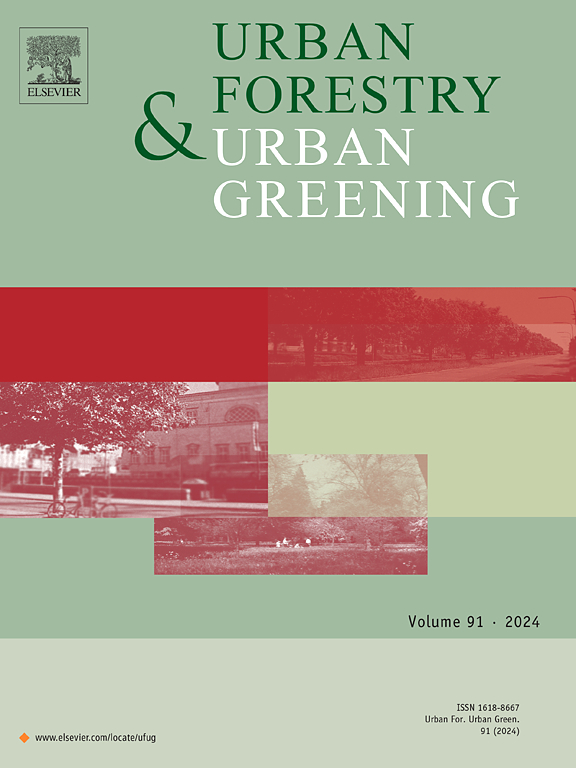Human activities affecting the species richness of urban spontaneous herbs under a three-scale factor framework
IF 6
2区 环境科学与生态学
Q1 ENVIRONMENTAL STUDIES
引用次数: 0
Abstract
Spontaneous herbs provide natural solutions for the sustainable development of urban environments. However, a wide range of species losses have occurred because of the lack of knowledge regarding the impacts of human activities. The results from field investigation and analyses based on the three-scale factor framework were as follows: 1) At the district scale, the top four contributing factors were all tax and revenue indicators related to governmental income according to the Hierarchical Partitioning results. Compared with Ridge regression, Lasso regression demonstrated substantially higher predictive performance. 2) At the patch scale, among the variables investigated, Cement Roads, One-Floor Buildings, Public Service Land, and Main Roads were the most important (adjusted R2 > 0.2). Three different multiple linear regression models explained 24.9 %–56.1 % of the variance. 3) At the plot scale, the herbs’ growth condition indicators presented significant influence. This study provides a three-scale factor framework and valuable data for quantifying the influence of human activities, which is critical for the sustainable development of cities.
求助全文
约1分钟内获得全文
求助全文
来源期刊

Urban Forestry & Urban Greening
FORESTRY-
CiteScore
11.70
自引率
12.50%
发文量
289
审稿时长
70 days
期刊介绍:
Urban Forestry and Urban Greening is a refereed, international journal aimed at presenting high-quality research with urban and peri-urban woody and non-woody vegetation and its use, planning, design, establishment and management as its main topics. Urban Forestry and Urban Greening concentrates on all tree-dominated (as joint together in the urban forest) as well as other green resources in and around urban areas, such as woodlands, public and private urban parks and gardens, urban nature areas, street tree and square plantations, botanical gardens and cemeteries.
The journal welcomes basic and applied research papers, as well as review papers and short communications. Contributions should focus on one or more of the following aspects:
-Form and functions of urban forests and other vegetation, including aspects of urban ecology.
-Policy-making, planning and design related to urban forests and other vegetation.
-Selection and establishment of tree resources and other vegetation for urban environments.
-Management of urban forests and other vegetation.
Original contributions of a high academic standard are invited from a wide range of disciplines and fields, including forestry, biology, horticulture, arboriculture, landscape ecology, pathology, soil science, hydrology, landscape architecture, landscape planning, urban planning and design, economics, sociology, environmental psychology, public health, and education.
 求助内容:
求助内容: 应助结果提醒方式:
应助结果提醒方式:


